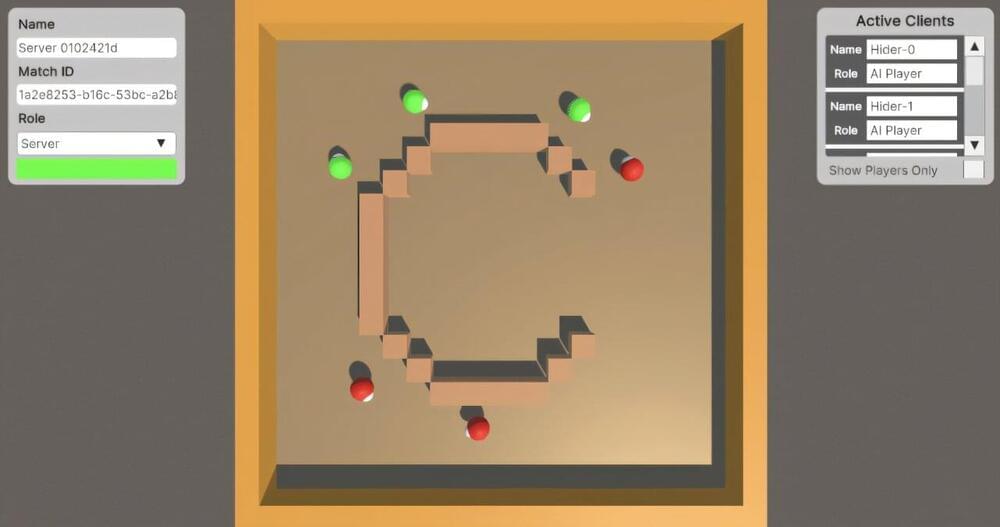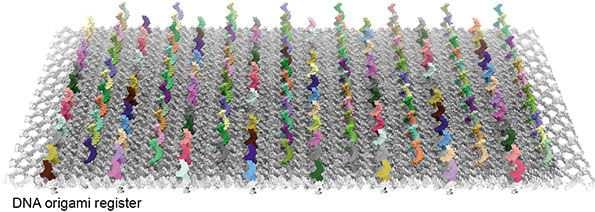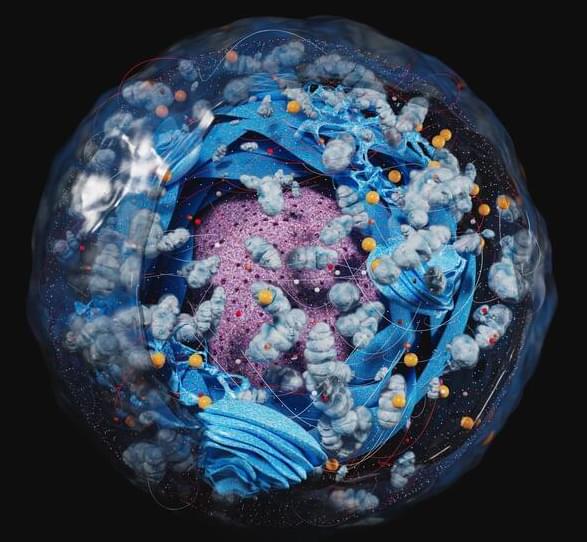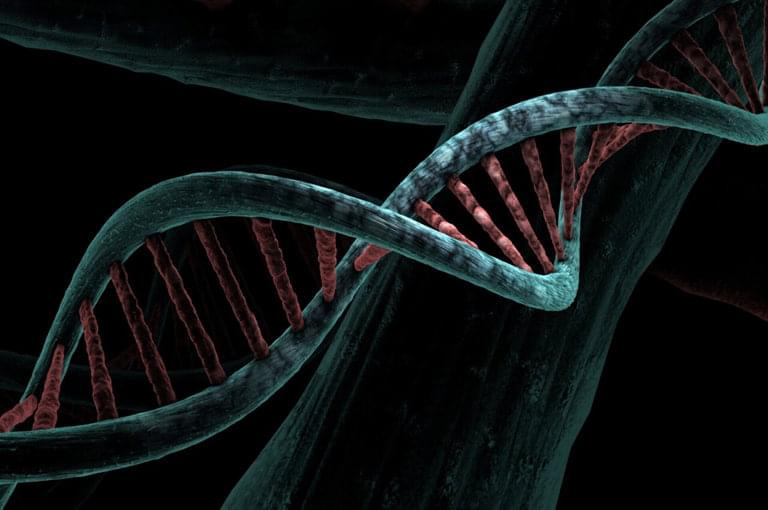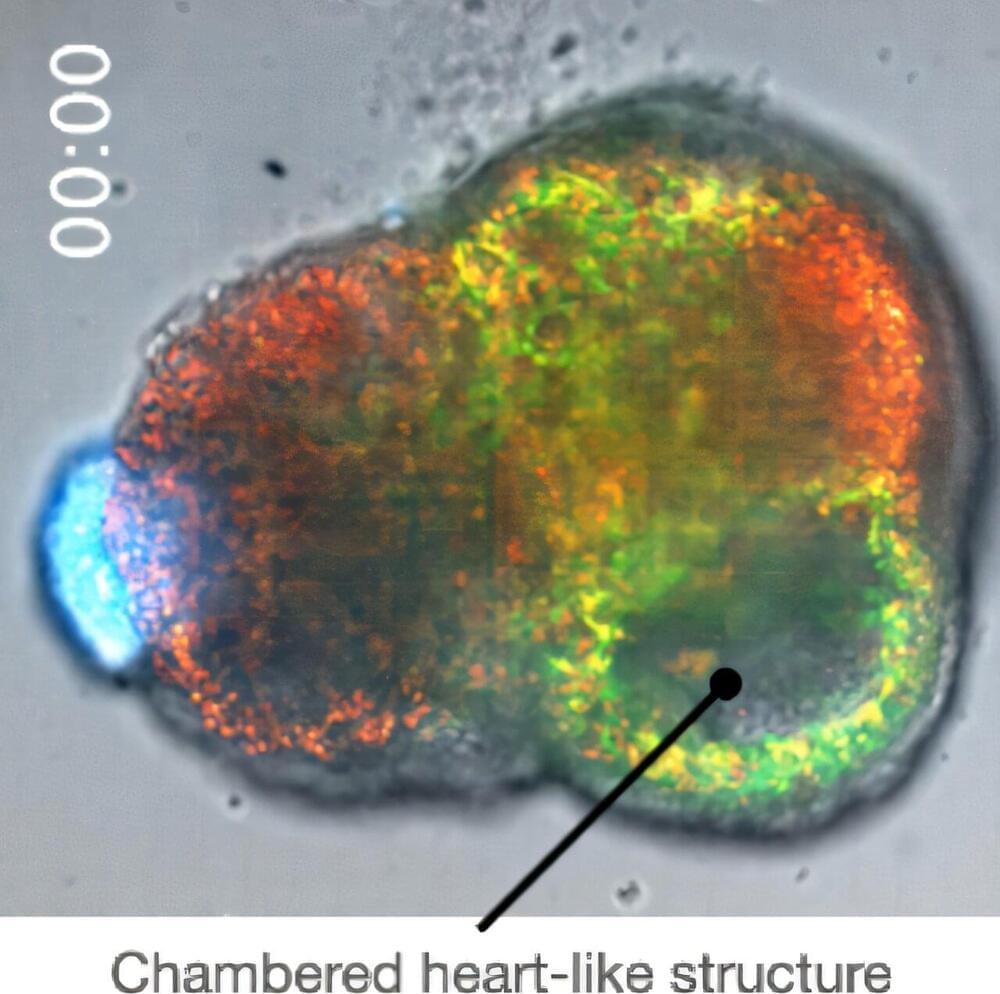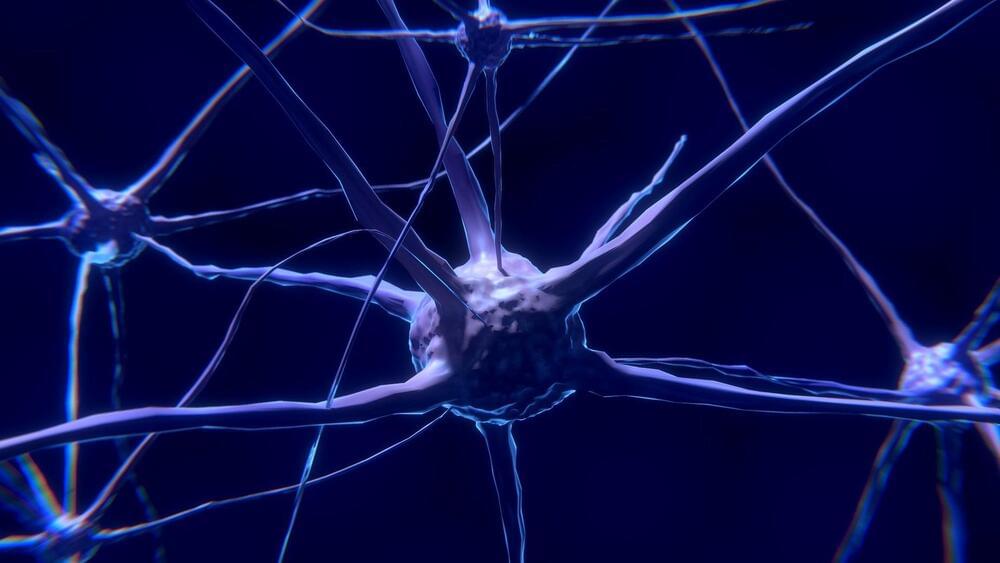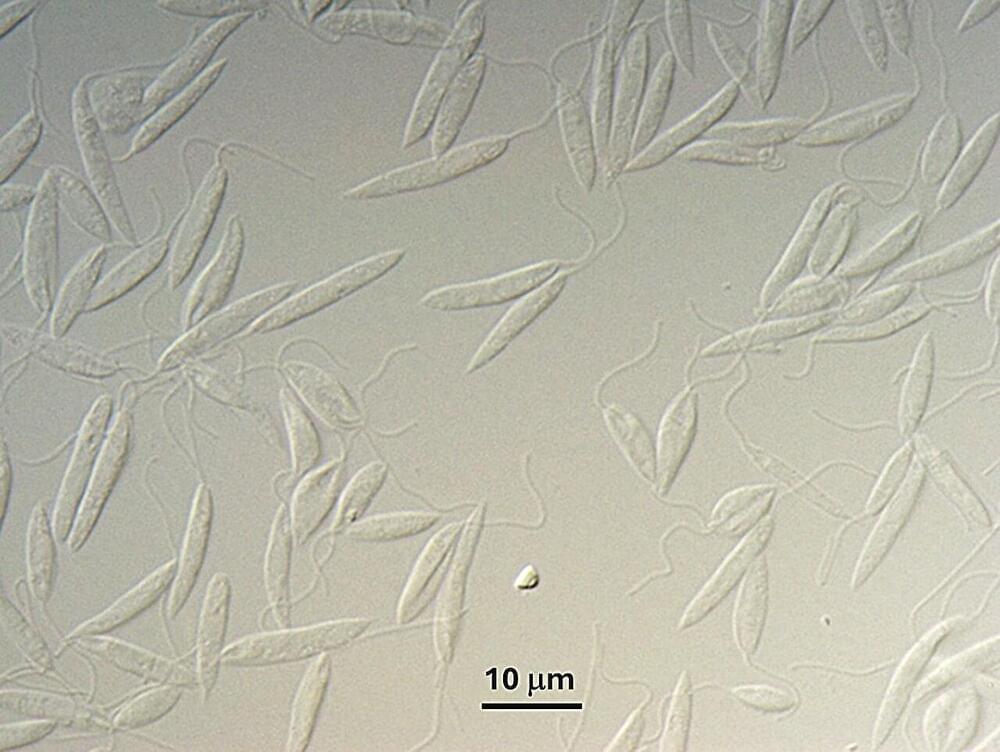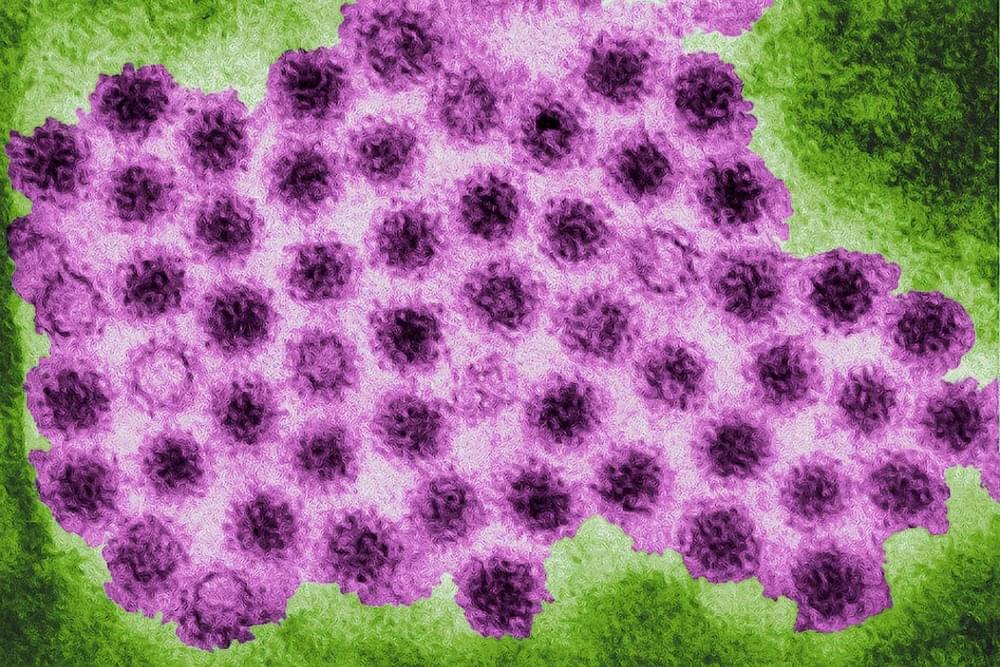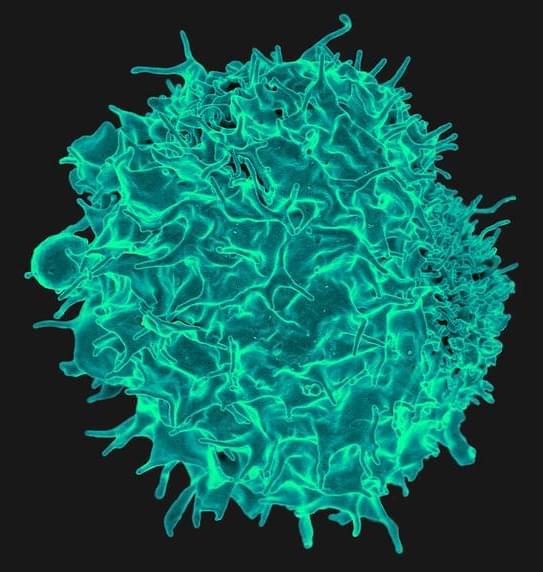Dec 21, 2024
Open-source platform provides a virtual playground for human-AI teaming
Posted by Shubham Ghosh Roy in categories: biotech/medical, genetics, robotics/AI
Research published in The American Journal of Human Genetics has identified a previously unknown genetic link to autism spectrum disorder (ASD). The study found that variants in the DDX53 gene contribute to ASD, providing new insights into the genetic underpinnings of the condition.
ASD, which affects more males than females, encompasses a group of neurodevelopmental conditions that result in challenges related to communication, social understanding and behavior. While DDX53, located on the X chromosome, is known to play a role in brain development and function, it was not previously definitively associated with autism.
In the study, researchers from The Hospital for Sick Children (SickKids) in Canada and the Istituto Giannina Gaslini in Italy clinically tested 10 individuals with ASD from eight different families and found that variants in the DDX53 gene were maternally inherited and present in these individuals. Notably, the majority were male, highlighting the gene’s potential role in the male predominance observed in ASD.
